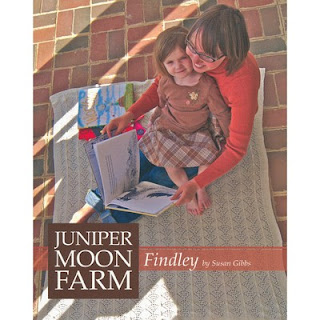 |
| Headed for the border |
 |
| A peek at the central portion |
 |
| Miyuki - Japanese glass beads |
 |
| Starting the border |
For the beading, I purl the stitch that requires the bead, then I transfer it back to the left needle. I pick up a bead with the #10 crochet hook. I pull the transferred stitch off of the left needle with the hook and slide it through the bead. Then I move the stitch with the bead over to the right needle. Then I tug the working yarn a bit to snug up the beaded stitch. Like I said, the process will slow you down, but as you do more, it becomes a rhythm, and you will get faster and faster.
The work stays to the left as I knit the right side rows, and to the right on the wrong side rows.Using the DPN makes it easy for me to flip the work back and forth. I tend to keep the crochet hook behind my right ear or resting on my lap. The seed beads are in a flat, round container, about 2" in diameter that has a tight-fitting lid. I keep a single layer of beads in the container and replenish as needed. It's helpful to set the bead container on a cloth, or non-slippery surface, so it doesn't move around as you are picking up beads.
Ellie wants me to post photos of the completed shawl very soon so we can get back to our regular play schedule :)
 |
| Ellie hopes that I'll be finished very soon |






































